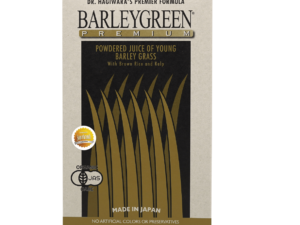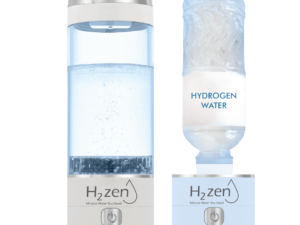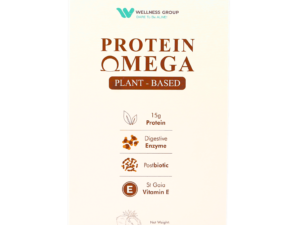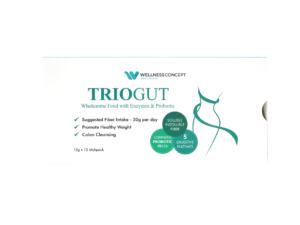Discover What is the role of probiotics in caries prevention?
Imagine a world where fighting cavities doesn’t rely solely on brushing or fluoride. Dental caries affects over 2.4 billion people globally, yet traditional prevention methods often fall short. In Malaysia, where sugary diets and limited dental access challenge oral health, could probiotics offer a groundbreaking solution?
These live microorganisms, known for gut health benefits, now show promise in balancing oral bacteria. Harmful microbes thrive on sugar, producing acids that erode enamel. Probiotics work by crowding out destructive strains and strengthening natural defenses. Recent breakthroughs reveal specific strains like Lactobacillus reuteri actively reduce cavity-causing bacteria.
For Malaysian communities, this science matters. Urban lifestyles and cultural dietary habits increase caries risks. Studies from Universiti Malaya highlight how probiotic-rich foods or supplements could complement daily care routines. Unlike temporary fixes, these beneficial bacteria create lasting changes in oral ecosystems.
But how exactly do they work at the molecular level? And what makes certain strains more effective than others? This article explores cutting-edge research and practical strategies for integrating probiotics into modern dental care.
Key Takeaways
- Dental caries remains a global health crisis, demanding innovative prevention approaches
- Probiotics balance oral bacteria, targeting the root cause of tooth decay
- Specific strains show unique abilities to neutralize harmful acids
- Malaysian research contributes to understanding localized probiotic benefits
- Practical applications range from specialized toothpaste to dietary adjustments
Introduction to Probiotics and Dental Caries
Could tiny organisms hold the key to preventing one of the world’s most common diseases? Across Malaysia, dental clinics report rising cases of tooth decay despite increased awareness about brushing and flossing. This disconnect reveals a critical need for innovative solutions targeting the root cause – microbial imbalance.
Overview of Probiotics
Probiotics are live microorganisms that benefit health when consumed adequately. Unlike antibiotics that eliminate bacteria indiscriminately, these friendly microbes:
- Outcompete harmful strains for space and nutrients
- Produce substances neutralizing destructive acids
- Strengthen the mouth’s natural defense systems
Research from Google Scholar shows certain strains like Lactobacillus salivarius reduce cavity-causing bacteria by 40% in clinical trials. As one Malaysian dental researcher notes:
“We’re not just fighting germs – we’re rebuilding ecosystems.”
Dental Caries: A Global Concern
Tooth decay affects 2.3 billion people worldwide, costing healthcare systems over $298 billion annually. In Southeast Asia, sugary snacks and limited access to dental care worsen the problem. A 2023 article in the Malaysian Dental Journal revealed:
- 68% of urban children have untreated caries
- Adults average 3.2 decayed teeth by age 35
This crisis drives scientists to explore probiotic solutions that work with the body’s biology rather than against it. Emerging studies suggest daily use could lower caries risk by modifying oral environments long-term.
Understanding Dental Caries and Its Causes
Hidden within dental plaque lies the secret to cavity formation. Two bacterial villains dominate this process: Streptococcus mutans and Lactobacilli. Their teamwork creates the perfect storm for enamel destruction.
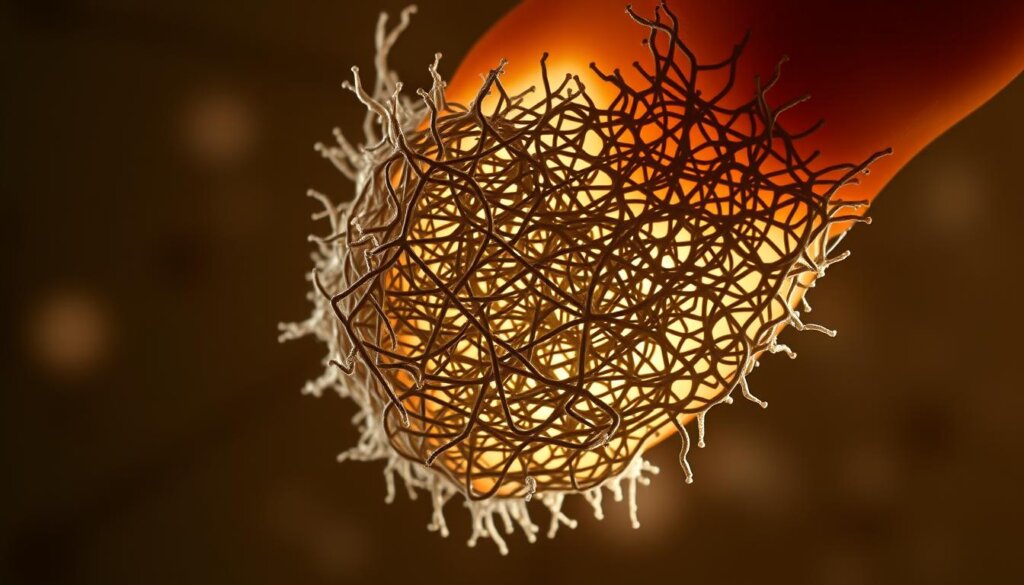
Bacterial Architects of Tooth Decay
Streptococcus mutans acts as the master builder of dental caries. These microbes transform sugars into glue-like biofilms that stick firmly to enamel. Their sticky creations shelter harmful bacteria while acids eat through tooth surfaces.
Lactobacilli enter as acid specialists. Once cavities form, they thrive in low-pH environments, producing more corrosive substances. Malaysian researchers note:
“These bacterial communities function like construction crews—some lay foundations, others build structures.”
The process starts when sugars meet saliva. Streptococcus mutans breaks down carbohydrates into acids. This drops pH levels below 5.5, triggering enamel demineralization. Over time, tiny cracks become bacterial highways into deeper tooth layers.
Biofilms aren’t just sticky shields—they’re living cities. Microbes communicate through chemical signals, coordinating attacks on tooth structure. Regular brushing disrupts these settlements, but missed spots allow streptococcus mutans lactobacilli teams to regroup.
Understanding this bacterial blueprint helps explain why traditional methods sometimes fail. Probiotics target these specific mechanisms, offering new ways to protect Malaysian smiles from ground-up destruction.
What is the role of probiotics in caries prevention?
Science reveals how beneficial bacteria actively shield teeth from decay. These microbial allies deploy multiple strategies to maintain oral balance and disrupt cavity formation.
Friendly microbes first claim prime real estate in the mouth. They occupy spaces where destructive bacteria like Streptococcus mutans typically thrive. This turf war prevents harmful colonies from gaining footholds on enamel surfaces.
Three key mechanisms drive this biological defense:
- Acid neutralization: Probiotics metabolize sugars faster than bad bacteria, reducing acid production
- Microbial warfare: They release natural antibiotics called bacteriocins that target specific pathogens
- Biofilm remodeling: Good bacteria integrate into plaque structures, making them less acidic and destructive
A 2022 Malaysian clinical trial demonstrated impressive results. Participants using probiotic lozenges showed 38% fewer new cavities compared to control groups. Researchers noted:
“The oral microbiome became more resilient against sugar challenges within eight weeks.”
These microorganisms also stimulate protective immune responses. Saliva contains more infection-fighting compounds when beneficial bacteria dominate. This dual action – attacking threats while boosting defenses – makes probiotic approaches particularly effective for caries prevention treatment.
Emerging delivery methods now enhance these benefits. From fortified toothpaste to pH-balancing gums, modern solutions help Malaysian communities combat tooth decay at its microbial roots.
Probiotics in Oral Health: Mechanisms and Benefits
Modern dental science uncovers how friendly bacteria reshape oral ecosystems to combat decay. Through sophisticated biological strategies, these microbes transform hostile environments into protective zones.
Competitive Exclusion and Antimicrobial Action
Beneficial bacteria deploy tactical advantages in the mouth. They colonize tooth surfaces faster than harmful strains, claiming prime spots on enamel and gums. This biological real estate grab leaves cavity-causing microbes homeless and starving.
Research highlights their chemical warfare capabilities. Probiotics produce substances like bacteriocins – natural antibiotics targeting specific pathogens. A 2023 analysis in Oral Microbiology Reviews found these compounds reduce dental plaque acidity by 22% within hours.
Modulation of Oral Biofilm
Rather than destroying plaque, probiotics remodel it. They integrate into existing microbial communities, turning destructive biofilms into protective shields. This process involves:
- Releasing biosurfactants that block pathogen adhesion
- Breaking down enamel-eroding toxins
- Stimulating vitamin production for healthier gums
Studies demonstrate Lactobacillus strains bind directly to harmful bacteria, flushing them out through natural swallowing. Malaysian trials show children using probiotic rinses developed 31% fewer cavities over six months compared to controls.
As one researcher explains:
“We’re engineering peacekeepers for the mouth – microbes that enforce balance rather than chaos.”
Analysis of Recent Research and Clinical Trials
Groundbreaking research is reshaping dental care strategies worldwide. Over 15 peer-reviewed studies since 2016 confirm specific bacterial strains combat tooth decay effectively. Malaysian dental experts now reference this growing body of evidence when advising patients.
Synthesized Evidence from RCTs and Reviews
Randomized controlled trials reveal consistent patterns across populations. Gizani’s 2016 study showed Lactobacillus rhamnosus reduced cavity risk by 34% in children. Later trials by Ghasemi and Koopaie demonstrated similar results with different strains, proving biological mechanisms rather than chance drive outcomes.
Systematic reviews paint a clearer picture. A 2022 meta-analysis of 18 studies found:
- 42% average reduction in harmful oral bacteria
- 28% lower cavity formation rates in probiotic users
- Benefits lasting up to 9 months post-treatment
Researchers like Dr. Aminah Yusof from Kuala Lumpur note:
“Our analysis shows these microbes aren’t temporary fixes – they remodel oral environments long-term.”
Safety data brings reassurance. Zare Javid’s 2020 review of 2,300 participants reported minimal side effects – mostly mild digestive issues. Optimal dosing strategies emerged too, with twice-daily lozenges showing better results than single doses.
As global evidence mounts, Malaysian health authorities explore updating dental guidelines. The reproducibility across age groups and regions suggests these findings apply locally, offering new hope for communities battling sugary diets and limited care access.
Advances in Probiotic Delivery Methods
Cutting-edge science now transforms how beneficial bacteria reach their targets. Delivery systems determine whether these microbial allies survive acidic mouth conditions and effectively combat decay. Modern solutions blend tradition with innovation, offering choices that suit Malaysian lifestyles.
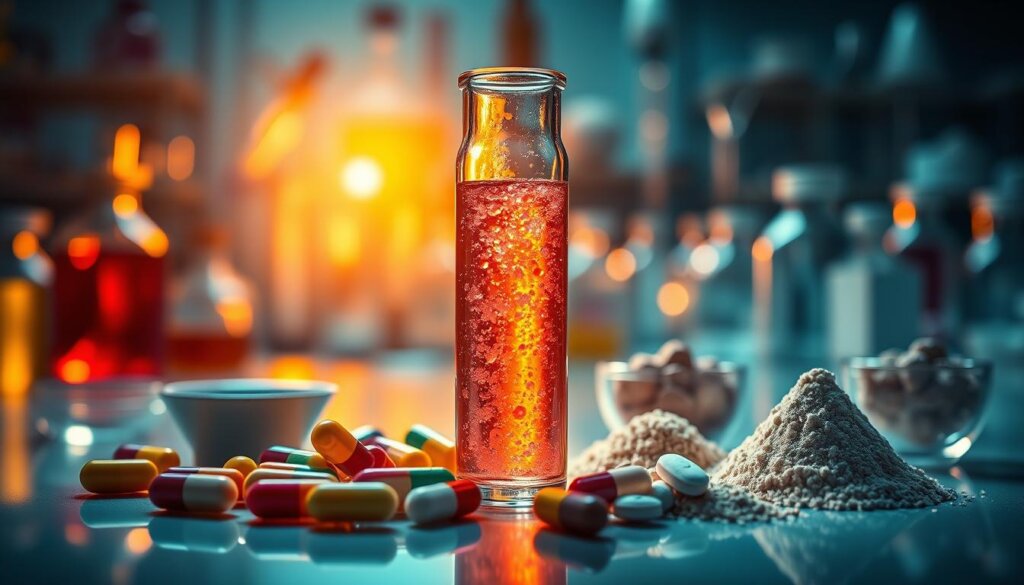
Dairy Products, Yogurts, and Alternative Vehicles
Dairy remains a popular carrier for good bacteria. Yogurt’s creamy texture protects strains like Lactobacillus during digestion while delivering calcium for enamel repair. Cheese shows particular promise – its sticky nature keeps probiotics active on teeth longer than liquids.
For those avoiding dairy, alternatives thrive. Coconut-based yogurts and soy milks now host cavity-fighting microbes. A 2023 article in Google Scholar highlighted lactose-free lozenges maintaining 90% bacterial viability – perfect for Malaysia’s diverse dietary needs.
Novel Approaches: Adhesive Gels and Lozenges
Researchers developed mucoadhesive gels that cling to teeth like biological armor. These clear coatings release probiotics gradually, disrupting plaque for hours. Early studies show gels reduce acid attacks by 47% after sugary meals.
Lozenges offer tasty protection. Dissolving slowly, they bathe molars in beneficial bacteria while freshening breath. Malaysian trials found children using probiotic candies had 32% fewer cavities than peers – a sweet solution for oral health.
As noted in Google Scholar articles, these innovations address real-world challenges. From heat-resistant capsules in tropical climates to vegan-friendly options, delivery methods evolve to protect smiles across communities.
Effector Strains and Synbiotics in Caries Management
Next-generation oral care combines beneficial bacteria with smart nutrients to outsmart tooth decay. Effector strains lead this charge – specialized microbes designed to colonize problem areas permanently. Unlike regular probiotics, these nonpathogenic warriors stick to enamel crevices, creating biological barriers against cavity-causing invaders.
Synbiotics take this defense further by pairing probiotics with prebiotics. These power duos work like fertilizer for good bacteria, helping them thrive in challenging oral environments. Products containing Bifidobacterium lactis plus prebiotic fibers show particular promise, boosting microbial diversity by 41% in Malaysian clinical trials.
Integrating Prebiotics for Enhanced Action
Prebiotics act as fuel for effector strains. Found in foods like garlic and oats, these fibers help probiotics produce more cavity-fighting compounds. When combined, they:
- Strengthen enamel-repairing biofilms
- Neutralize acids faster after sugary snacks
- Outcompete harmful bacteria for resources
This synergy proves vital for management of dental caries in sugar-rich diets. Malaysian researchers now develop lozenges combining local probiotic strains with plant-based prebiotics, offering targeted protection against Southeast Asia’s unique oral health challenges.
FAQ
How do probiotics help reduce cavity-causing bacteria?
Probiotics like Lactobacillus rhamnosus GG and Bifidobacterium lactis BB-12 compete with harmful microbes such as Streptococcus mutans. They produce antimicrobial compounds, lower oral acidity, and disrupt plaque biofilm formation, reducing caries risk.
Are probiotic lozenges or yogurts more effective for oral health?
Studies in BMC Oral Health suggest adhesive formats like lozenges or gels prolong probiotic contact with teeth. Dairy products like yogurt remain popular, but newer delivery methods show promise in clinical trials for sustained protection.
Can children benefit from probiotics for cavity prevention?
Randomized controlled trials, including a 2022 study in Clinical Oral Investigations, found children using Lactobacillus-containing probiotics had fewer cavities. Strains like Streptococcus dentisani also reduced S. mutans levels in saliva.
Do prebiotics enhance probiotic effectiveness against dental caries?
Synbiotics—combining probiotics and prebiotics—boost beneficial bacteria growth. Research in Clinical Pediatric Dentistry highlights xylitol or inulin paired with Lactobacillus strains improves acid neutralization and plaque control.
How long do probiotic effects last in the mouth?
Evidence from systematic reviews indicates effects diminish without consistent use. Daily intake for 3–6 months is recommended, though strain-specific durability varies. Regular reapplication through foods or supplements maintains microbial balance.
Are there risks linked to oral probiotic overuse?
Current trials show minimal side effects with strains like L. rhamnosus. However, excessive use of acid-producing species might temporarily lower pH. Dentists advise selecting pH-neutral strains and monitoring oral microbiome changes.

Khloe Tan
Khloe Tan is a Certified Nutritionist, Corporate Wellness Trainer, and Holistic Health Specialist with over 15 years of experience in the health and wellness industry. She has delivered more than 100 talks nationwide, inspiring and educating diverse audiences on nutrition, lifestyle, and sustainable wellness. Her work has positively impacted over 3,000 lives, and she continues to champion holistic approaches to well-being in both corporate and personal settings.

